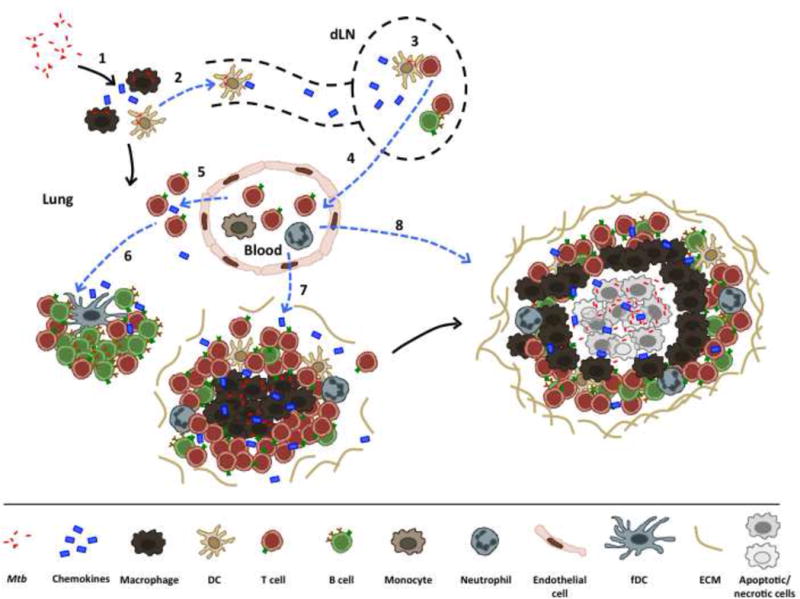Figure 1. “The good”: mechanisms that mediate lung Mtb containment.

Upon Mtb entry into the lungs, alveolar macrophages become infected, leading to secretion of cytokines and chemokines, which drive additional innate cell recruitment (1). Infected DCs migrate into the lung draining lymph nodes (dLN) (2), carrying antigen that can be subsequently taken up by other APCs to activate naïve T cells (3). After activation, T cells (along with B cells) regulate their chemokine receptor expression, which guide their exit from the lymph node (4), homing to the infected lung (5), and subsequent migration. These responses are mediated by differential expression of chemokines, a process that enables ectopic lymphoid follicle formation (6). Additional innate cells, such as monocytes and neutrophils are also recruited into the lung (7). Together, interactions between innate and adaptive cells lead to granuloma formation and Mtb containment (8). Dashed blue lines represent chemokine-driven mechanisms.
